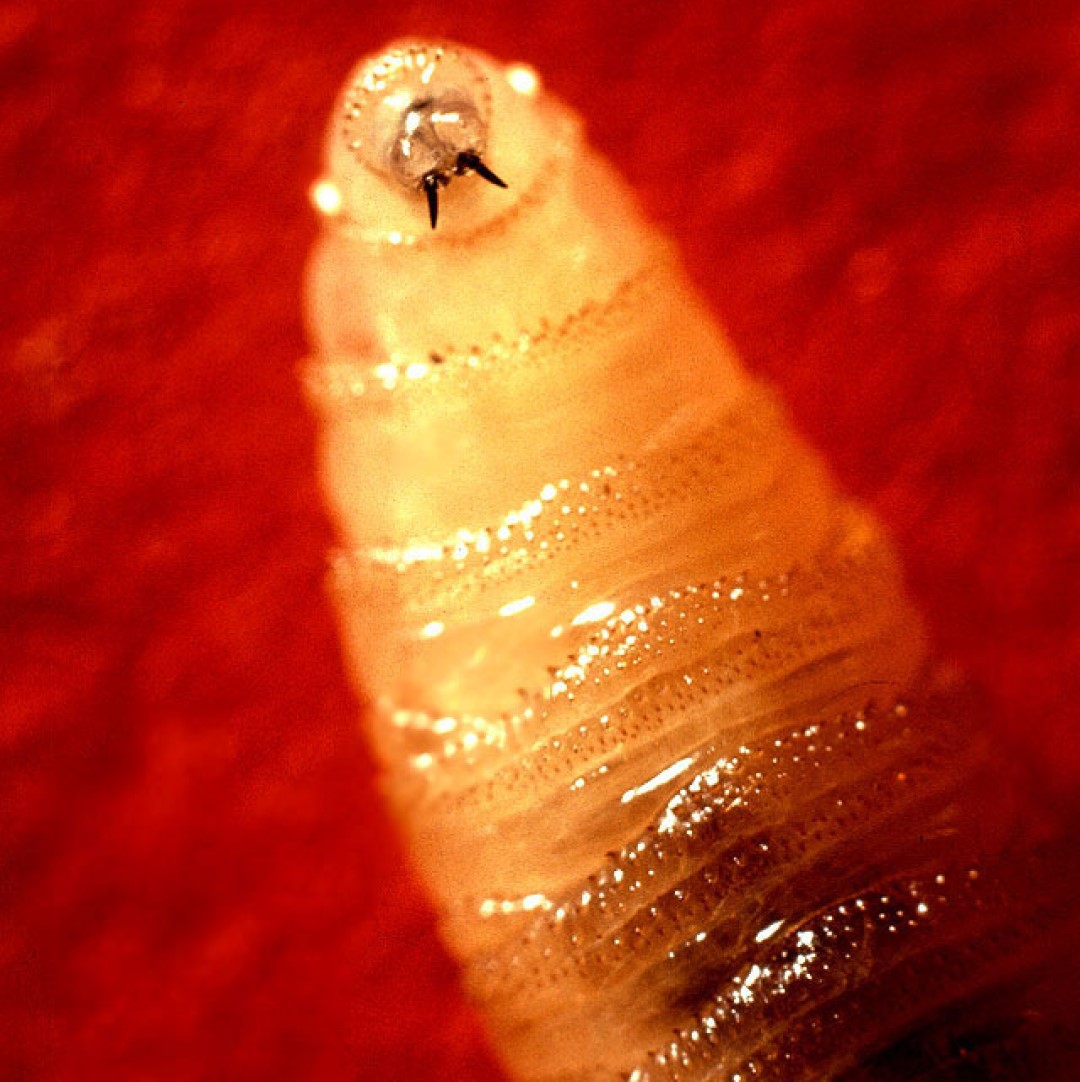
Texas Officials Encouraged Monitoring, Reporting of Animals Affected by New World Screwworm
On Dec. 30, 2024, Texas Parks and Wildlife Department (TPWD) asked hunters and other outdoor enthusiasts in South Texas to monitor for animals affected by New World Screwworm (NWS) after a recent detection in Mexico. This detection, found in a cow at an inspection checkpoint in the southern Mexico State of Chiapas, close to the border with Guatemala, follows the progressively northward movement of NWS through both South and Central Americas.
New World screwworms are larvae or maggots of the NWS fly (Cochliomyia hominivorax), that cause a painful condition known as NWS myiasis. NWS flies lay eggs in open wounds or orifices of live tissue such as nostrils, eyes or mouth. These eggs hatch into dangerous parasitic larvae, and the maggots burrow or screw into flesh with sharp mouth hooks. Wounds can become larger, and an infestation can often cause serious, deadly damage or death to the infected animal.
The parasite was last eradicated from the U.S. in 1966, with costly efforts by federal and state animal health officials, livestock producers and veterinary practitioners. Eradication efforts have continued in Central America, but the pest is considered widespread in Cuba, Haiti, Dominican Republic and South American countries. As a protective measure, animal health officials ask those along the southern Texas border to monitor wildlife, livestock and pets for clinical signs of NWS and immediately report potential cases.
Tags:
Source: Texas Parks and Wildlife Department
Credit:
